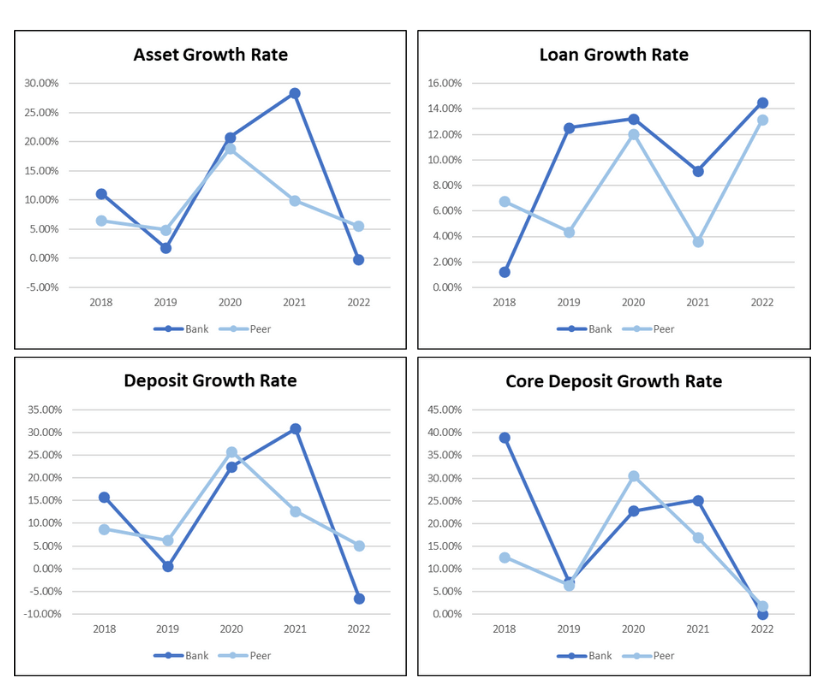Financial institution executives are reporting increased or significant concerns about risk tied to interest rates, credit, and liquidity – worries that only add to the number of figurative plates they are spinning. How can banks and credit unions quickly spot warning signs so they can act during volatile economic, industry, and institutional conditions?
Data-driven decisions for managing financial institution risk while driving growth and increasing efficiency are especially important given the recent failures of Silicon Valley Bank, First Republic Bank, and Signature Bank of New York. With headlines like “banking crisis” and “bank runs,” customers or members, employees, and other stakeholders are looking for any sign that another bank or credit union is in trouble -- even if the institution is not facing the unique circumstances leading to those banks’ collapses. Naturally, all financial institutions come under increased regulatory scrutiny after such newsworthy events as those, too.
In addition, even before the recent banking troubles, regulators have emphasized the financial institution’s responsibility to provide leaders with information on key areas of planning, operations, and risk management. An OCC Reference Guide to Board Reports and Information, for example, says that “directors should look at individual, peer, and industry performance measures as well as the trend and interrelationships among capital, asset quality, earnings, liquidity, sensitivity to market risk, and balance-sheet changes.”










